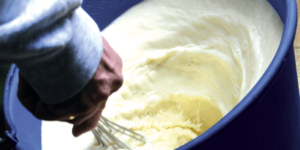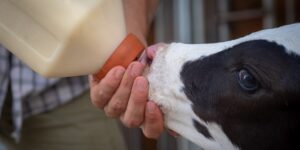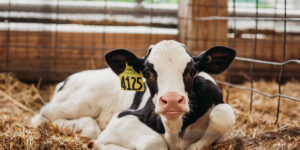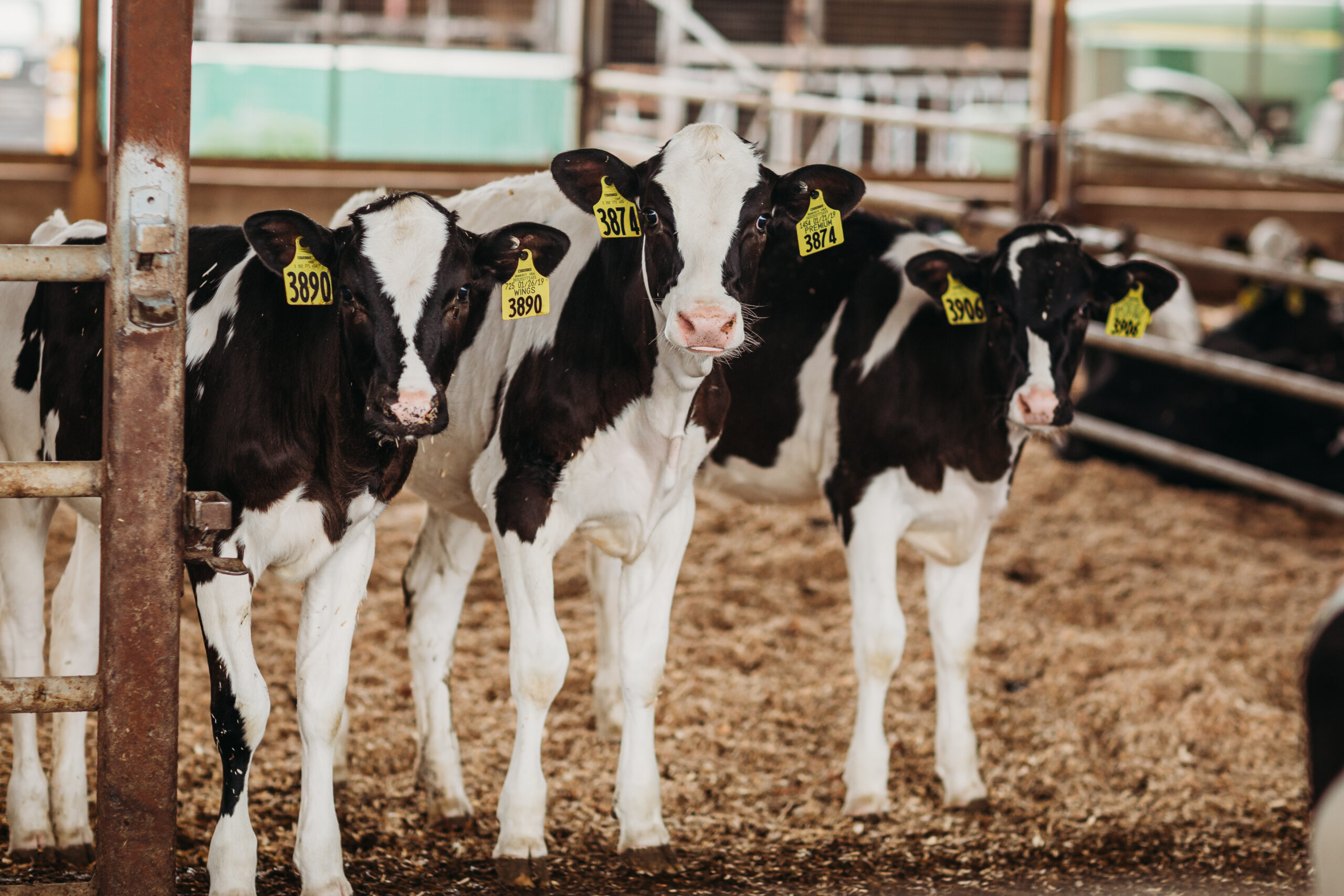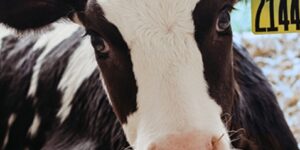Optimal Start with Good Colostrum Management
Since a calf is born without antibodies, it relies on the intake of antibodies from colostrum immediately after birth. Without antibodies, the calf is very vulnerable. The infection pressure increases on larger farms, making the provision of high-quality colostrum at the right time even more crucial. Good colostrum management is vital for the calf’s survival and future success.
Proper Nutrition’s Significant Impact on Calf Development
It is crucial that calves receive the right amount, temperature and concentration of milk for proper growth and development. When calves receive too low of a concentration or temperature, there is a high risk of rumen drinking because the esophageal groove reflex does not work properly. Additionally, too low an amount and concentration of milk lead to calf malnutrition. Therefore, the correct and consistent ratio of water to milk powder is very important. The importance of consistency also applies to farms feeding whole milk as milk composition can vary significantly from day to day or milking to milking.
Housing Helps Reduce Infection Pressure
Raising healthy calves requires separating them from older animals. Calves are susceptible to diseases when they come into direct contact with older young stock or cows (e.g., infections with E. coli, paratuberculosis, and salmonella, which are found in the manure or milk of older cattle, and respiratory infections that can be transmitted from older to younger animals). It is advised to house young stock separately, especially during the first weeks or during the milk period. Individual housing of calves is preferred in the first week of life to reduce the risk of navel damage and infections and to better monitor the calves (whether they drink well, are healthy, etc.). Additionally, it is recommended to house heifer calves in a different area than sale calves to prevent disease introduction via off-farm contaminants.
Hygiene vs. Microorganisms
Hygienic practices are crucial to minimize disease transmission. By working hygienically in calf rearing, many problems can be prevented. Throughout the entire calf rearing period, it is important to work cleanly. The goal is to minimize the transmission of bacteria or other intruders. Calves are particularly susceptible to pathogens in the first two to three weeks, which can negatively affect their growth, vitality and future productivity.
Structured Work
In addition to good knowledge about calf raising, clear and consistent protocols are a must. Working with a well-trained team with structured protocols every day are key to raising productive calves.
Conclusion
The first days of a calf’s life are critical in determining its future quality. Proper colostrum management, nutrition, housing, hygiene, and structured work practices are essential to ensure the calf’s healthy development and performance. By focusing on these factors, dairy farmers can significantly improve the overall quality and productivity of their calves.



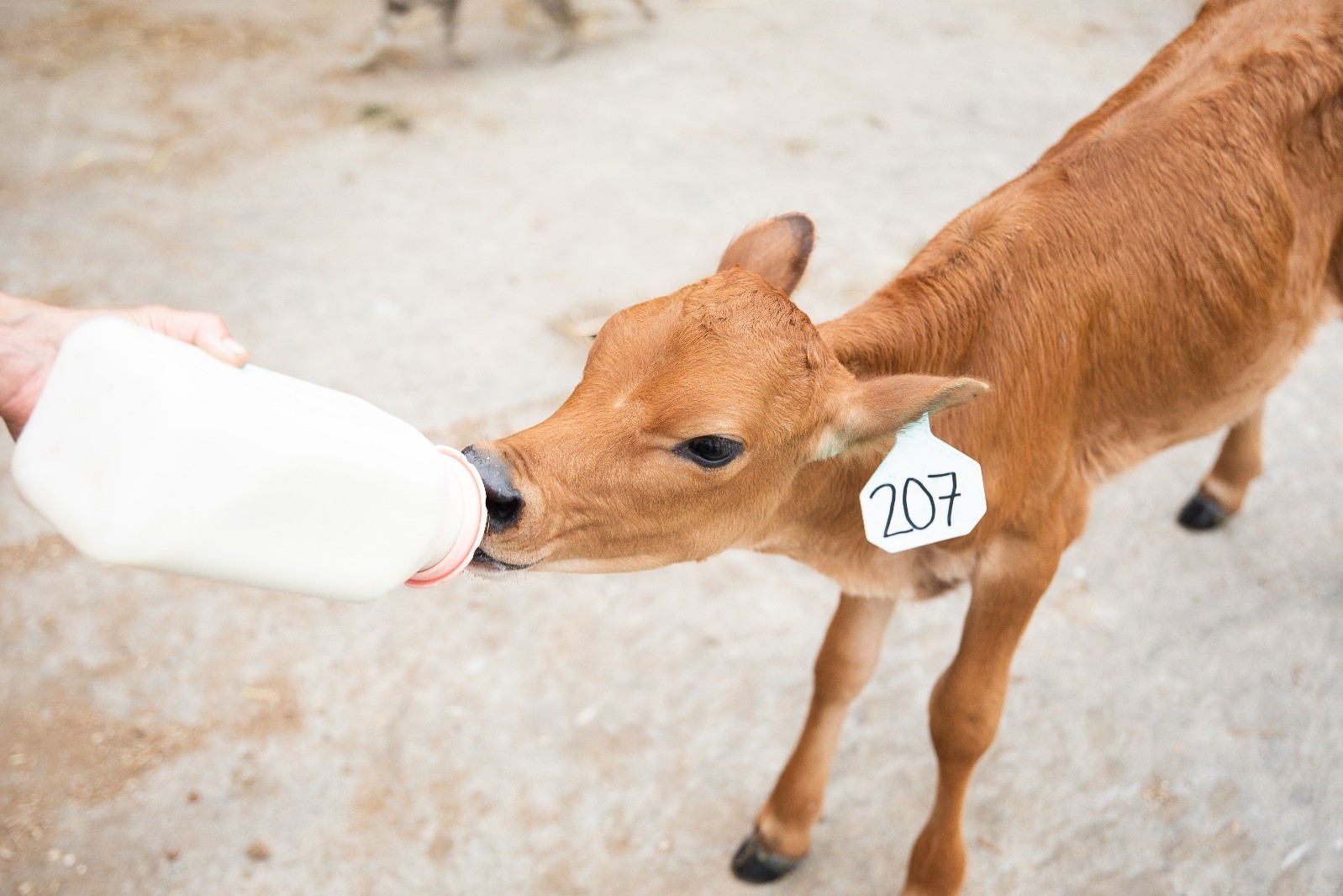
 Meghan Potter
Meghan Potter